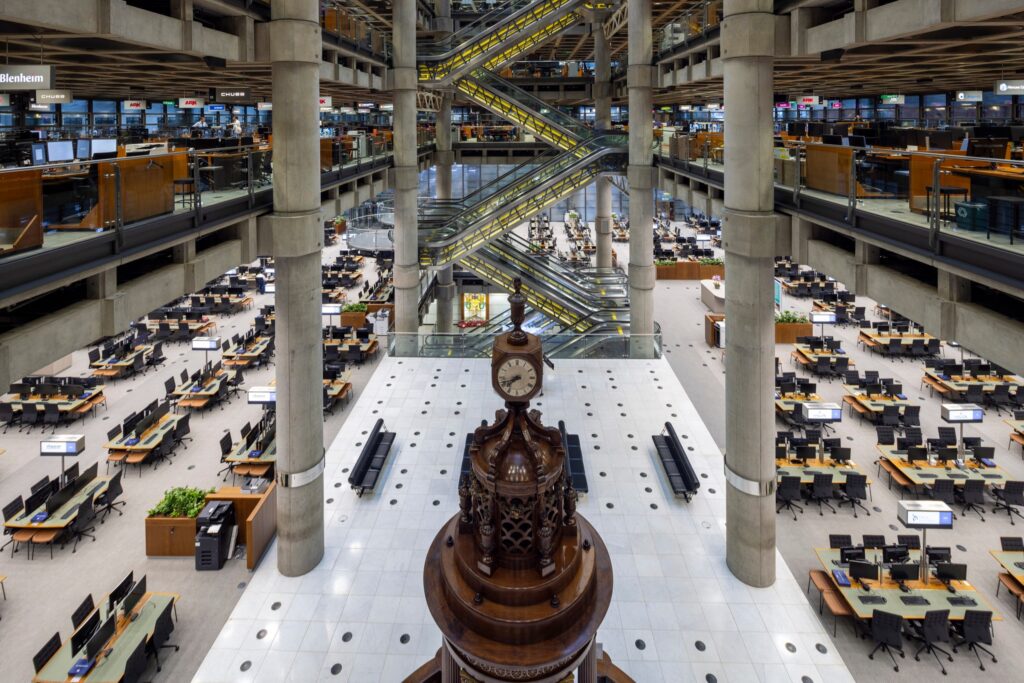- Claims from container ship Dali crashing into Baltimore's Key Bridge could cost insurers billions.
- Analysts estimate the bridge itself is worth $1.2 billion, with even more in potential liabilities.
- That risk will be spread across several firms of the venerable Lloyd's of London exchange.
A journalist once said in 1859 that "not a breeze can blow in any latitude" without being recorded in the books at Lloyd's of London, the oldest insurance exchange in the world.
With the crash of the container ship Dali into the Francis Scott Key Bridge in Baltimore on Tuesday, insurance underwriters are duly updating those books as a picture emerges of the true cost of damages.
Analysts with Barclays estimate insurance claims from the bridge itself could total $1.2 billion, with as much as $700 million in claims for wrongful deaths, plus additional costs from business interruptions related to the port closure and bridge reconstruction, Bloomberg reported.
Economists told Business Insider the port closure itself will cost $15 million per day in lost economic activity, with other disruptions pushing the total into the tens of millions per day.
Baltimore is a key import and export point for cars, construction and farm equipment, and coal — much of which is on hold while salvage crews clear the shipping lane.
All told, Barclays said insurance companies could be looking at claims as high as $3 billion as a result of the crash, Bloomberg reported.
"While the incident still has to be investigated, we believe it has potential to become a significant insurance claim, particularly in the marine market," the analysts wrote, according to the outlet.
Morningstar managing director for global insurance ratings Marcos Alvarez put the figure between $2 billion and $4 billion, "depending on the length of the blockage and the nature of the business interruption coverage for the Port of Baltimore," according to Reuters.
As it happens, the lead insurer and the major reinsurers for the Dali are underwriters with Lloyd's, in whose storied "Room" the financial price of this catastrophe will be calculated.
It was in a London coffee shop owned by Edward Lloyd in the late 17th century where ship captains and businessmen met to work out the first insurance policies, and the shop soon grew into a marketplace where the risks of maritime trade could be spread across many firms.
While cargo owners are responsible for insuring their property aboard the ship, the shipping industry covers protection for the vessel itself and the damages it causes to third parties.
The vast majority of shipping is covered by "protection and indemnity clubs," groups of shipping companies that pool liabilities together so that an extreme loss doesn't put a member out of business.
Those clubs, in turn, have insurance and reinsurance policies in which losses over certain thresholds are protected by multiple firms, further distributing the risk.
The Dali is a vessel in the Britannia P&I Club, the oldest such insurance group in the world.
Today, Lloyd's says its firms insure risks representing more than $58 billion in premiums per year, covering everything from ships to satellites.
The Room is no stranger to tragedy or complexity, either: its underwriters have sorted out claims from the sinking of the Titanic to the 9/11 attacks and everything in between.
Still, the collapse of the Key Bridge could lead to "one of the largest claims ever to hit the marine (re)insurance market," John Miklus, president of the American Institute of Marine Underwriters, told Insurance Business.

